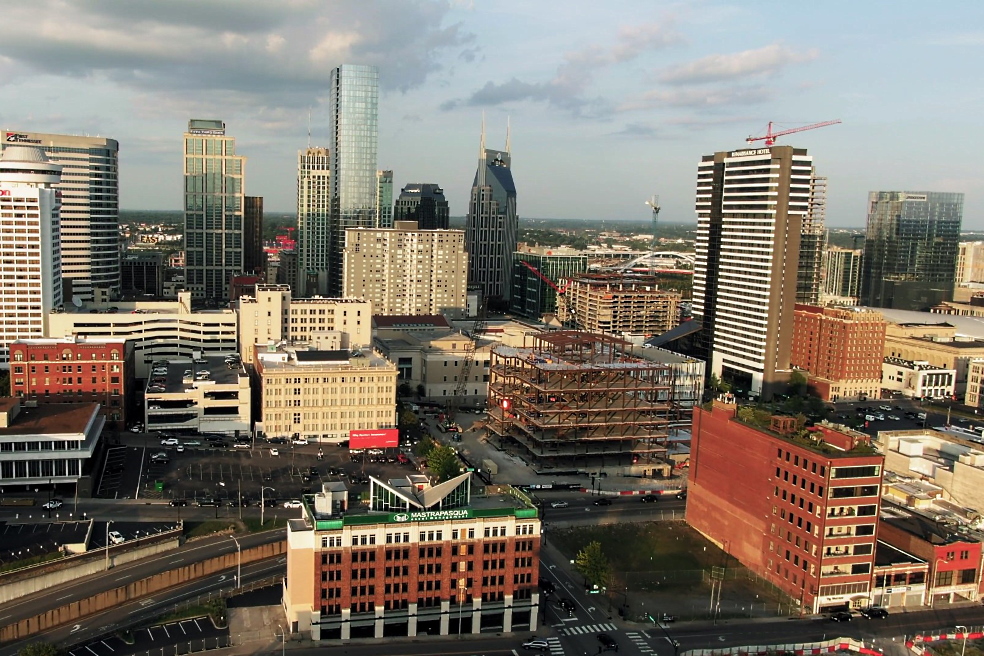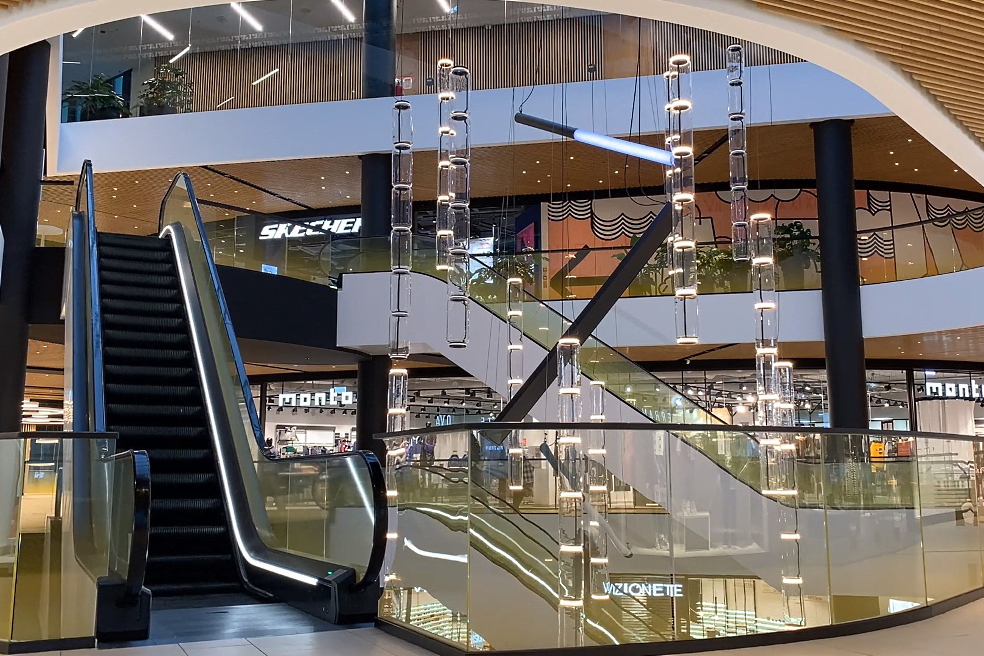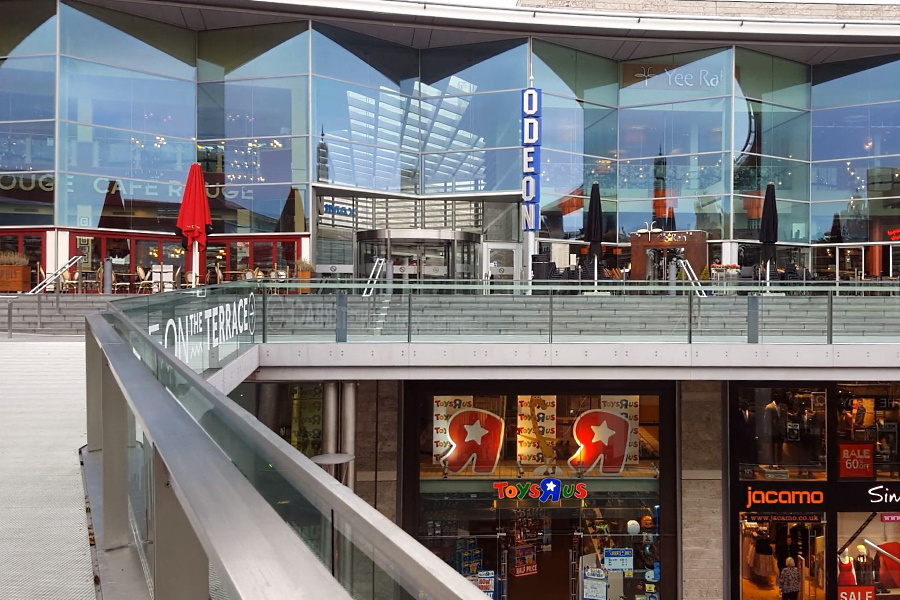Financing and lending services for the construction of shopping centers
Costex Corporation DBA offers:
• Investment financing from $ /€ 5 million or equivalent and more
• Minimizing the contribution of the project promoter
• Investment loan term up to 20 years
• Credit guarantees
Long-term loans remain the main source of financing for such projects, but the growth of online shopping has had a negative impact on traditional retail.
Obviously, financing the construction of shopping centers in the current realities requires careful planning and comprehensive research in order to find optimal financial alternatives.
Costex Corporation DBA, a company with international financial experience, is ready to offer your business customized solutions in the field of financing commercial real estate projects, including funding the construction of shopping centers and supermarkets.
Contact our team for details.
Shopping center project: general principles and investment needs
The concept of a shopping center is usually used to refer to various types of facilities, differing in area and location, in which trade, service and entertainment activities are carried out.Large shopping centers, which are complexes of several tens or hundreds of retail outlets, are of interest to companies associated with the commercial real estate market. They are also the most capital-intensive projects in the sector, requiring a systematic approach to financing.
Speaking of general principles, the concept of the shopping center was first proposed by the Austrian-American architect Viktor Gruen.
The first indoor mall was built in Edina (Minnesota) in 1956. The original proposal was to create an urban complex that would include all aspects of urban life, such as housing, commerce, schools, public spaces and green spaces. The idea was not fully implemented, so only the facility was ultimately considered as an indoor space for shopping.
Over the years, the concept of a shopping center has evolved according to the needs and demands of consumers in each country.
Being able to walk through a space looking for a product and get it while enjoying being in a place makes shopping a psychologically satisfying experience. This is the reason that allowed the mall to stimulate commerce by creating multiple visual and auditory stimuli through its technological and architectural features, creating an all-round experience.
At the heart of the success of a shopping center is adaptation to the society and market to which it is directed. This success requires establishing a dynamic link between the purchase and its complementary elements such as entertainment, culture and services.
Experts identify 10 principles for the success of the shopping center:
• Location and accessibility.
• Adequate supply of goods and services.
• Correct analysis of the environment.
• The optimal size of commercial premises.
• Following innovations and trends.
• Creating a pleasant and profitable space.
• Identification of the product with the business.
• Correct financial assessment of the project.
• Customer oriented business plan.
• Vision of the future.
It is obvious that technological progress and the emergence of new methods of attracting customers, along with the rapid growth of service standards, are steadily increasing the overall cost of building shopping centers and require more sophisticated models of financing commercial projects.

Recent trends in shopping center development are focused on strengthening the link between shopping and lifestyle, which also requires companies to conduct research on specific markets and additional investments. The central idea is to share in one place commercial, cultural, gastronomic and entertainment activities with high quality shows and luxurious infrastructure with the right spatial sequence.
Following these trends allows customers to enjoy an all-round experience in one place, increasing retailers' profits and strengthening the competitiveness of the business.
Financing shopping centers: advantages of project finance
Given the high cost of building modern shopping malls, project proponents must ensure sustainable access to a variety of funding sources.These may be equity capital formed by the company, but in practice, debt funds are considered to be the main sources of financing, which are attracted mainly in the form of long-term loans.
Funding sources are strategic tools that help ensure the financial sustainability of the company (project), expand the abilities to plan and generate the necessary cash flows. Broadly speaking, shopping center funding sources fall into two broad categories, as listed below.
Short term funding sources
The so-called short-term funding sources consist of all liabilities that are scheduled to be repaid within a period of less than 1 year, which are used to finance temporary needs.These funding sources can be internal and external, intertwined with public and private institutions that provide economic resources.
Internal funding can be obtained from reinvested profits, which means that the partners will not distribute dividends, and these funds will be invested in the development of the project. External financing is provided through the sale of assets, depreciation, short-term lending and issuance of securities to cover current financial needs.
Long-term funding sources
This is long-term financing with a maturity of 1-3 years or more, including project finance (PF) mechanisms based on the future cash flows of an investment project.Long-term sources of funding also include retained earnings, operating and finance leases, allowing shopping center operators to finance various operations depending on the long-term needs of a particular project.
Project finance for the construction of shopping centers
When it comes to financing a shopping center project, it is often important that capital is available quickly so that the project can be launched efficiently.Funding is usually provided by commercial banks and large institutional investors, who can sometimes act as sponsors.

In addition, classic bank loans also serve to ensure fast and efficient financing of large projects. However, the project implementation time largely depends on the creditworthiness of the loan applicant and whether he can provide all the necessary documents in full and on time.
In turn, project finance (PF) opens up wide opportunities for raising funds against future cash flows and project assets, regardless of the creditworthiness of its initiators.
One of the main advantages of project finance mechanisms is high financial leverage.
As the name implies, project finance is used to finance a specific project, limited to certain goals and time frames. Due to the complex contract structure, expensive research and lengthy preparation, it makes sense to use PF tools only for large capital-intensive projects, the cost of which is estimated at tens and hundreds of millions of euros.
The project participants establish a legally independent company that raises capital for the construction of a shopping center and is liable for all project debts with its assets. This is the so-called Special Purpose Vehicle (SPV). An important point in project finance is the forecast of project cash flows, which requires comprehensive research. In the case of PF, lenders pay more attention to the funded project than to its proponents.
When it comes to project finance, the creditworthiness of an SPV is related to the future prospects of a particular business idea. PF can be flexibly combined with different financial instruments, so a mixture of classic debt financing from credit institutions and modern alternatives is often used.
Like other financing options, project finance has some advantages and disadvantages to consider.
The advantages of project finance include, in particular, the following aspects:
• Off-balance sheet financing.
• Individual terms independent of creditworthiness.
• Rational sharing of risk between the parties.
• Flexible practical application.
• Flexible contractual structure.
The main advantages of project finance in the construction of commercial real estate are due to the wide range of proposals, as well as flexible financing mechanisms.
This means adaptability when it comes to agreement between loan applicants and investors. Another advantage of project finance is the rational distribution of risks, which is critical for small companies initiating multi-million dollar projects or a series of projects.
On the other hand, the disadvantages of project finance are strict control over the targeted use of funds and significant organizational efforts in the preparatory phase.
This increases the cost of raising capital, making PF instruments suitable only for large projects.
If you plan to use project finance, you can submit a free and non-binding application to Costex Corporation DBA. If you are creating a sound PF mechanism for building a shopping center, it requires careful planning and a huge amount of work. Our team will prepare optimal financing models for your company, including long-term loans with a flexible repayment schedule.

Making decisions for commercial and retail development
Making financial decisions regarding the financing of a shopping center project necessarily implies the existence of several alternatives to solve problems and effectively use all the opportunities that arise within the project.Initiators need to clearly plan the financial structure of a particular project and maximize the benefits for business participants, especially for shareholders.
Rational financial decisions are an integral part of company management, the purpose of which is to plan, receive and use funds to maximize the business value for its owners.
In this context, project participants should take into account the advantages and disadvantages of project finance and other applicable shopping center financing models. Properly organized financing of a commercial project allows managers and owners to find the best available answers for further economic benefits.
Professional support and consulting is critical for companies operating in a volatile and highly competitive retail market.
The construction of shopping centers combines high achievements in such areas as architecture, engineering, marketing, financial modeling, financial management, insurance, etc.
Most companies prefer to rely on the experience of professional teams with rich international experience and a solid reputation in the relevant sector.
Obviously, this dramatically increases the chances of project success and reduces overall costs.
Costex Corporation DBA is ready to support you in the most ambitious projects by providing long-term financing, loan guarantees, advanced financial modeling solutions, engineering and project management services at any stage of the project.
Contact our international team to find out more about our offerings.




















